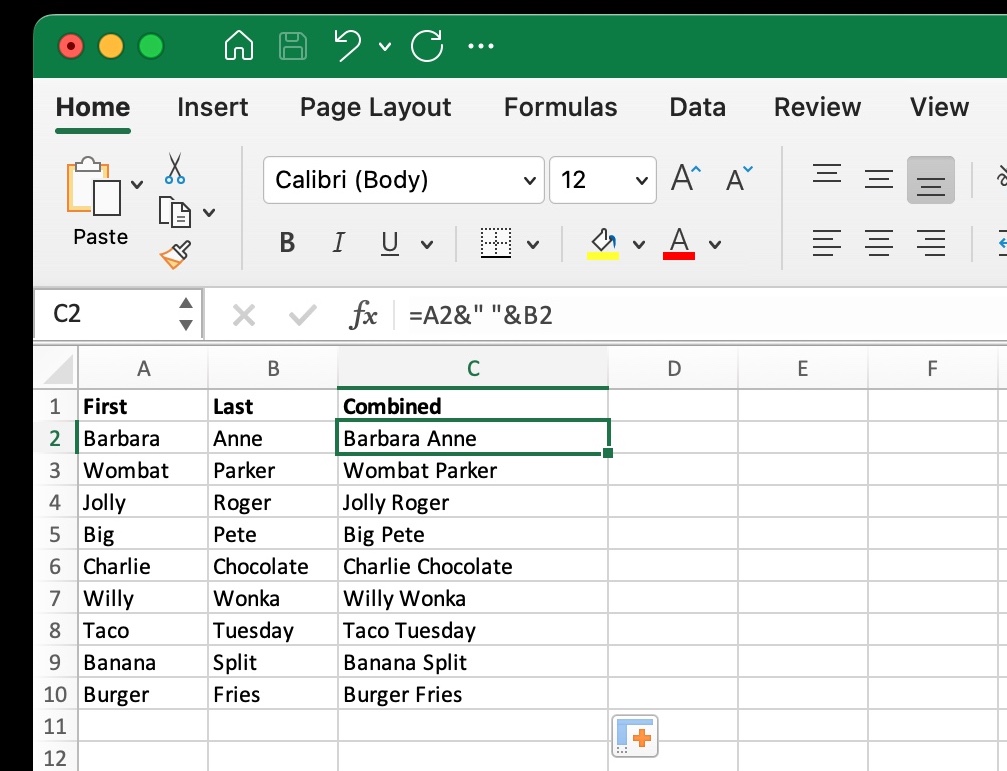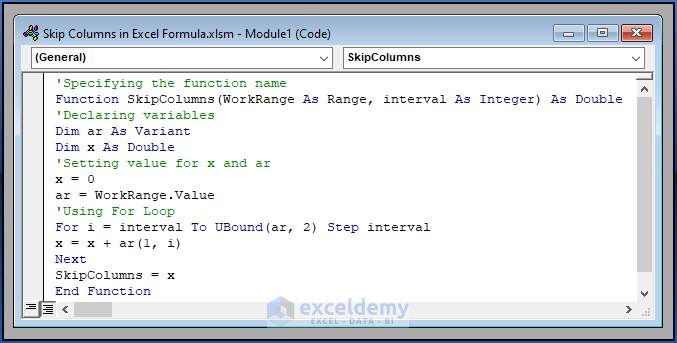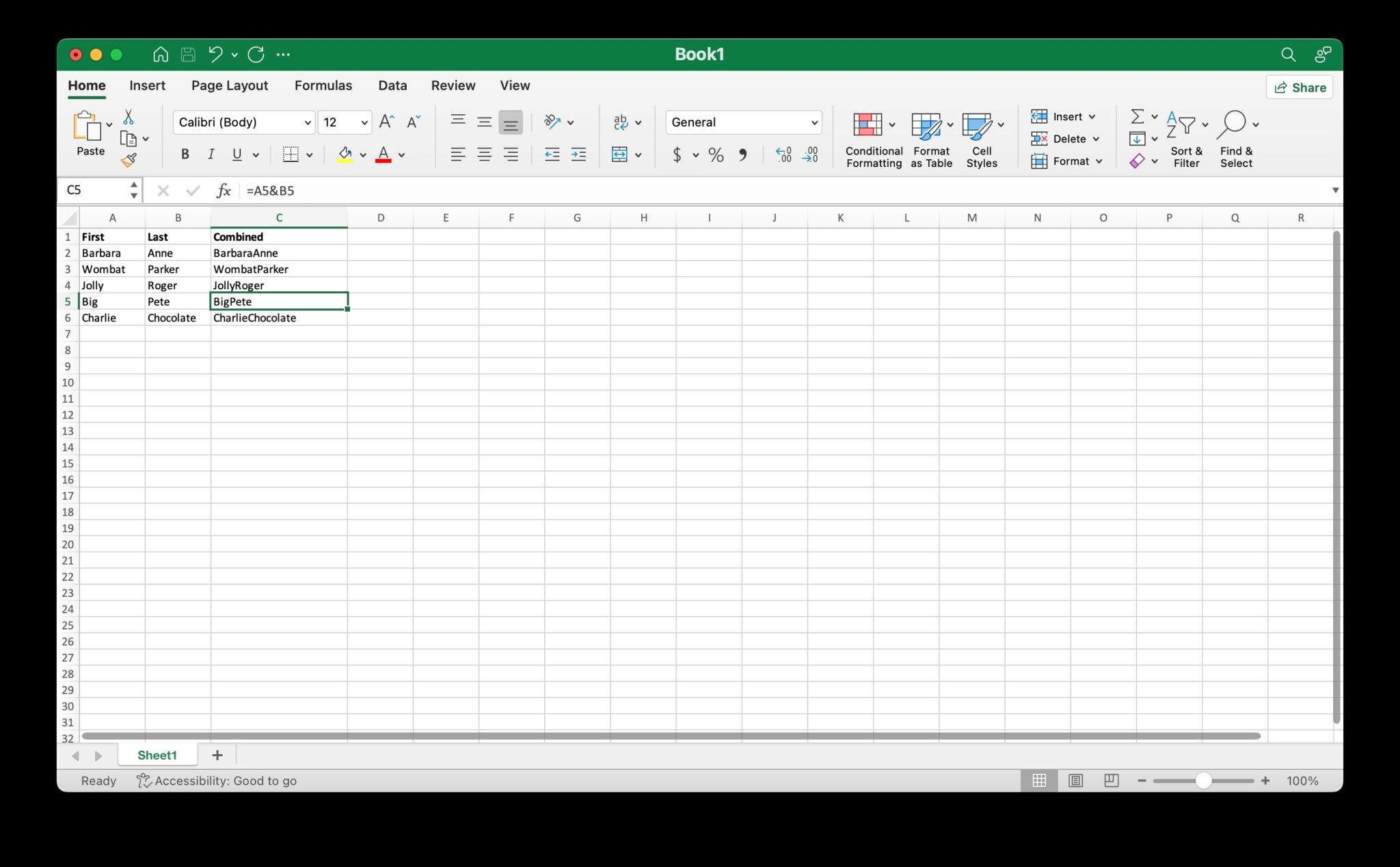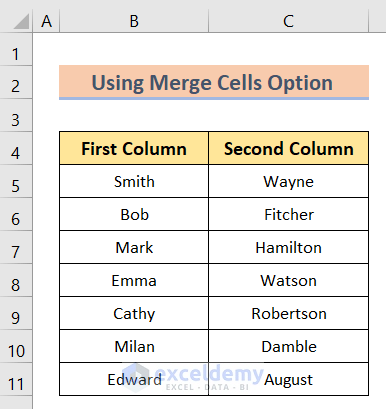5 Simple Methods to Add Columns in Excel with C Programming

Excel and C programming might seem like an unlikely pair, but there are times when integrating the two can boost efficiency, particularly when dealing with large datasets or automation needs. Here are five methods to add columns in Excel using C programming, which not only expands your programming toolkit but also enhances your data manipulation capabilities:
Method 1: Using Microsoft Excel Object Library

By leveraging Microsoft’s Excel Object Library, you can automate Excel tasks directly from C. Here’s how you can do it:
- Install the Microsoft Excel Object Library through your IDE or by referencing the library in your project settings.
- Create an Excel application object, workbook, and worksheet.
- Use the
Columnsproperty to insert a new column:
#include
#include
#include
#include
// Initializing COM
HRESULT hRes;
hRes = CoInitializeEx(NULL, COINIT_APARTMENTTHREADED);
if (SUCCEEDED(hRes))
{
// Excel Object
IExcelApplication* pExcelApp;
HRESULT hr = CoCreateInstance(__uuidof(Excel::Application), NULL, CLSCTX_ALL, IID_PPV_ARGS(&pExcelApp));
if (SUCCEEDED(hr))
{
IDispatch* pWorkbooks;
hr = pExcelApp->get_Workbooks(&pWorkbooks);
// Open Workbook and Worksheet
IDispatch* pWorkbook;
hr = pWorkbooks->Invoke(get_disp_id(L"Open", pWorkbooks, MEMBERID_NIL), IID_NULL, LOCALE_USER_DEFAULT,
DISPATCH_METHOD, &dispparams, NULL, NULL, &pWorkbook, NULL, NULL);
IDispatch* pSheet;
hr = pWorkbook->Invoke(get_disp_id(L"Worksheets", pWorkbook, MEMBERID_NIL), IID_NULL, LOCALE_USER_DEFAULT,
DISPATCH_PROPERTYGET, &dispparams, NULL, NULL, &pSheet, NULL, NULL);
// Adding a new column
VARIANT result;
VariantInit(&result);
dispparams.rgvarg[0].vt = VT_I4;
dispparams.rgvarg[0].lVal = 1; // Insert one column
hr = pSheet->Invoke(get_disp_id(L"Columns", pSheet, MEMBERID_NIL), IID_NULL, LOCALE_USER_DEFAULT,
DISPATCH_PROPERTYGET, &dispparams, NULL, NULL, &result, NULL, NULL);
// Cleanup
VariantClear(&result);
if (pExcelApp) pExcelApp->Release();
if (pWorkbooks) pWorkbooks->Release();
if (pWorkbook) pWorkbook->Release();
if (pSheet) pSheet->Release();
}
CoUninitialize();
}
💡 Note: This code requires you to set up your project to reference the Microsoft Excel Object Library. Make sure COM is initialized properly, and error handling is in place to avoid unexpected crashes.
Method 2: Using CSV Manipulation

If you prefer not to interact with Excel directly, you can work with CSV files using C:
- Read the original CSV file.
- Modify the data to include a new column.
- Write the modified data back to a CSV file, which can then be opened with Excel.
Code Example:

#include#include #include #define MAX_LINE 1000
int main() { FILE *fp, *fpt; char line[MAX_LINE]; char *token;
fp = fopen("source.csv", "r"); fpt = fopen("destination.csv", "w"); while (fgets(line, MAX_LINE, fp) != NULL) { token = strtok(line, ","); fprintf(fpt, "%s,\"New Data\",", token); // Insert "New Data" as the first column while (token != NULL) { token = strtok(NULL, ","); if (token != NULL) fprintf(fpt, "%s,", token); } fprintf(fpt, "\n"); } fclose(fp); fclose(fpt); return 0;
}
Method 3: Excel Interop via .NET Interop

For those who can use C# or VB.NET, or other .NET languages within C, using Excel Interop can be an efficient method:
- Create a .NET assembly or DLL that handles Excel interactions.
- Call this .NET code from C using P/Invoke or COM Interop.
Method 4: Use a Third-Party Library

Third-party libraries like libxls or OpenXLSX can make Excel manipulation easier from C. Here’s a simple example using libxls:
#include
void insertColumn() {
xls_workbook *book = xls_open("example.xlsx", "r");
if (book) {
xls_worksheet *sheet = xls_getworksheet(book, 0);
xls_cell *cell;
xls_row row = sheet->rows;
while (row != NULL) {
for (int i = 0; i < row->cells.count; i++) {
cell = &row->cells.cell[i];
// Shift cells to make room for new column
cell->col++;
}
row = row->next;
}
// Add your new column data here
xls_save(book);
xls_close(book);
}
}
int main() {
insertColumn();
return 0;
}
Method 5: Manual XLSX File Editing

The Open XML SDK can be used directly to edit .xlsx files, which are essentially zip files. Here’s a high-level approach:
- Unzip the .xlsx file.
- Modify the XML structure in sharedStrings.xml and worksheet.xml files to insert a new column.
- Rezip the files into a new .xlsx file.
Why use C to add columns in Excel?

+
Using C can be advantageous when you need to automate Excel tasks in environments where C is predominant, like embedded systems or where performance is critical. It allows for fine-grained control over operations, batch processing, and integration with C-compatible libraries for additional functionality.
Can I modify Excel files in C without using external libraries?

+
Yes, it is possible by directly manipulating the XML structure within .xlsx files, though this method is complex and error-prone. However, using libraries or interop methods makes the task more manageable and less error-prone.
What are the risks of using these methods?

+
When interacting with Excel files directly or through libraries, there’s a risk of file corruption, data loss, or compatibility issues. Ensuring proper error handling and backup practices minimizes these risks.